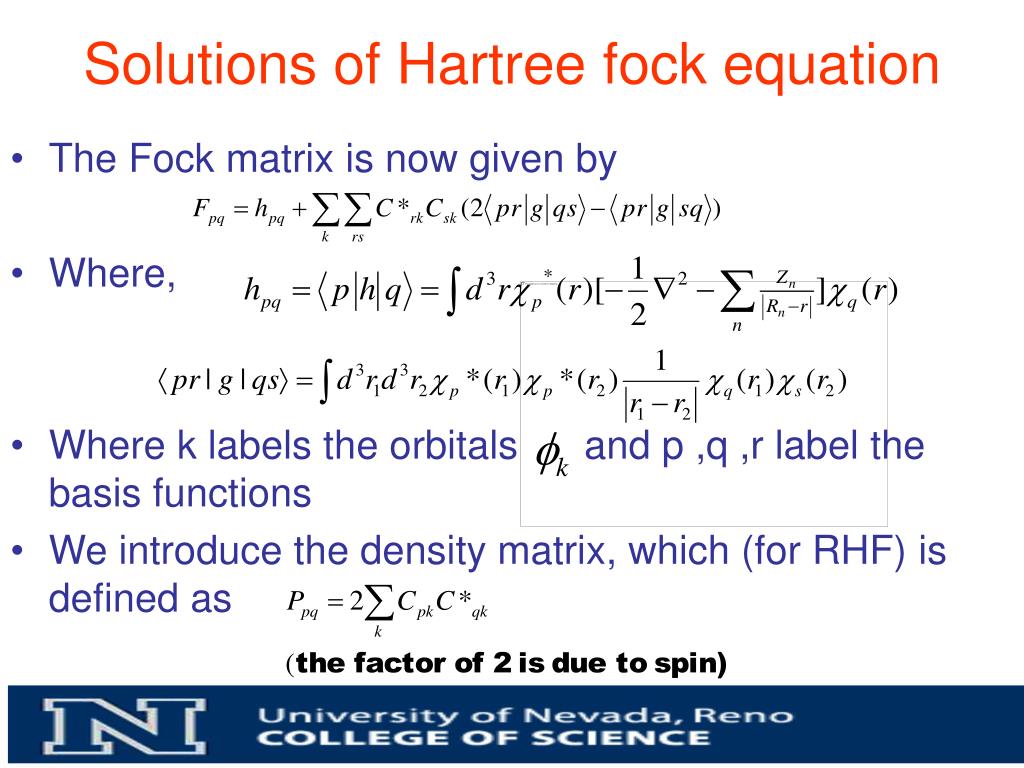

More info about IRC calculations can be found here If a frequency computation was not preformed, one can simply calculate the force constants before the IRC by using the keyword CALFC. Finally the same checkpoint is then used for the IRC calculation with the key word RCFC. These can be calculated by computing a frequency on the transition state and saving the checkpoint file. An IRC calculation requires initial force constants. By default, BOTH reaction pathways are followed. An IRC can go in the forward or reverse direction. In the input, the molecular geometry is of the transition state molecule.

In addition to the QST2 calculation guess transition state structure is also included in the input (shown below).Īn IRC calculation allows one to map out a reaction pathway by integrating the intrinsic reaction coordinate. If you have a guess to the transition state structure, you may try the QST3 option. Here is an example of a QST2 calculation: The QST2 calculation will then attempt to find a transition state between the two inputted geometries. Here we are going to include 2 geometries in the input file. A simple TS optimization is shown below.Īnother way of finding a transition state is performing a QST2 calculation.

There are many different ways to locate transition states with Gaussian. In order for the optimization to use the force constants you must specify an option for the OPT key word, like OPT(READFC). Then, run a optimization on the same structure as in the frequency and use the force constants stored in the checkpoint to guide the optimization. If you are having trouble finding a stationary point on a PES, try running a frequency calculation. If Raman results are not necessary the keyword FREQ(NORAMAN) should be used for bigger calculations to speed up the computation. Raman and IR info is also calculated with the FREQ keyword. This calculation type keyword computes force constants and the resulting vibrational frequencies. More information can be found on the Gaussian website. Analytic gradients will be used if available. The geometry will be adjusted until a stationary point on the potential surface is found. This keyword requests that a geometry optimization be performed. For examples on different types of inputs please see Molecule specification page on the Gaussian website.įinally all Gaussian inputs must end with a blank line. Next is the geometry specification section. In this case, we have a neutral molecule with the multiplicity of 1. After the blank line is the charge and multiplicity. Here you put anything.įollowing the comment line is another blank line. Next is a blank line followed by a comment line. We are performing a single energy point calculation. In this example, we are using Hartree-Fock method with the STO-3G basis set. Here you input theoretical approach and any other key words. Next is the command line known as the route section. Due to how WebMO creates the job submission files, it will not submit the correct number of cores. Do not edit this in the generate input screen. If you are using WebMO to build your input files, it is important to specify the number of processors in the job setup screen. Based on the theoretical approach being used, some calculations cannot use multiple processors. The second line is the number of processors used for the calculation.

Here we see the first line is the requested memory for the calculation.


 0 kommentar(er)
0 kommentar(er)
